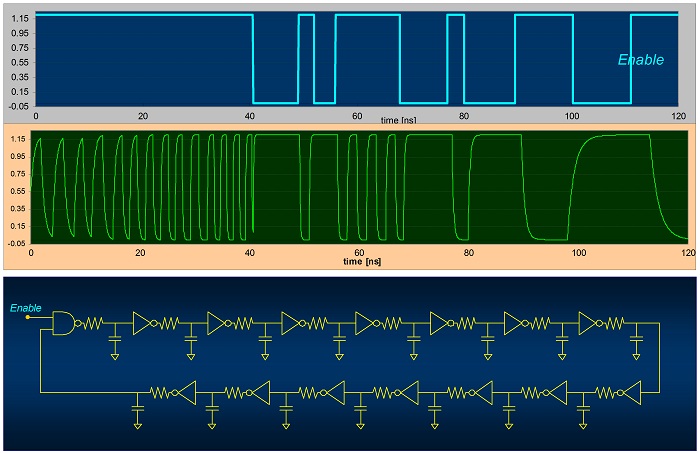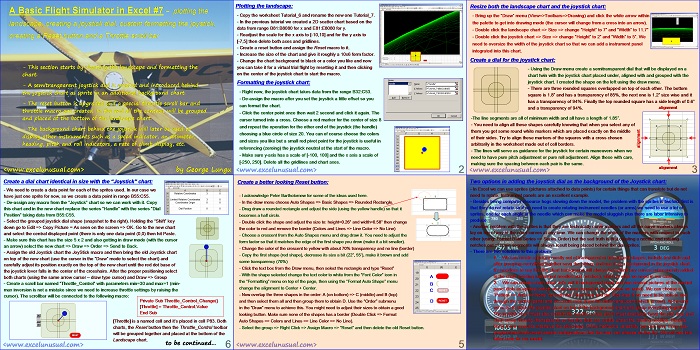This is an upgrade from the first part in the sense that it can be adjusted to have more delay based inverters in the feedback (14). This Excel animation is pretty much the same as in the first model, a virtual joystick controls the number of stages in the ring by horizontal movement and it can also control the RC delay… Read More... "A Gated Ring Oscillator Demo – Part#2"













